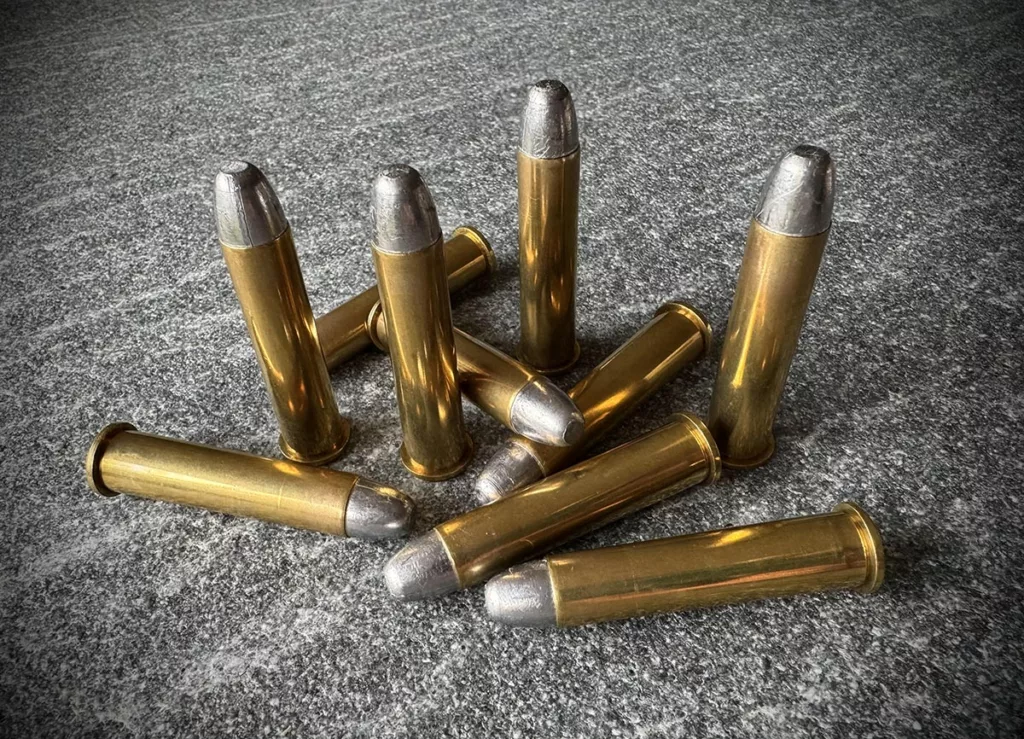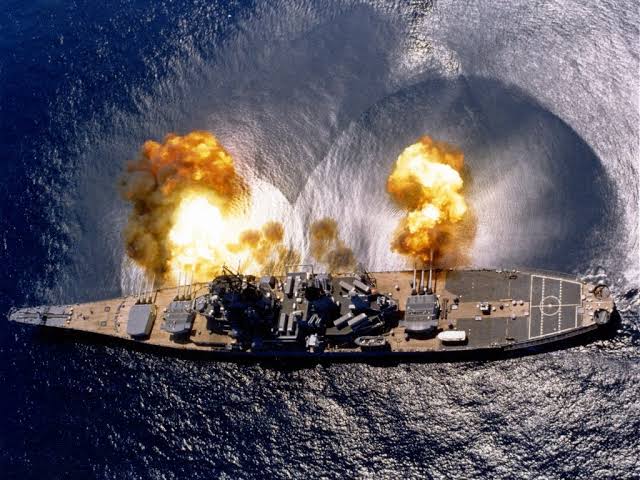Let me guess; you’ve heard the following quotes before. Probably even in the same conversation:
“45-70’s? Nah, doesn’t kick hard at all! No worse than my shotty!”
“45-70’s? Ohhh wow… yeah those things will just about rattle my teeth outta my head!”
Now here’s the kicker (pun intended)… they’re both true! But how’s that possible? People experiencing felt recoil differently? Maybe; but it’s not quite that simple.
A storied history 150 years in the making!
The 45-70 cartridge is the oldest and longest continually produced centerfire rifle cartridge still available today. It dates back to 1873 when it was adopted by the US for their Springfield Trapdoor rifle. And it’s been going strong ever since. There’s been a bit of change over the last 150 years since they first developed the cartridge and today it’s unique in its ability to be used in a wide variety of firearms. In fact it’s the only cartridge that has three seperate sections in most reloading manuals. The load sections are generally referred to as “Trapdoor”, “Lever Action” and “Modern Firearms”. Be careful with the last one as it doesn’t refer to all newly-made firearms chambered in 45-70 but rather the few firearms made to handle only the most extreme loads in the cartridge such as the Ruger No. 1 rifles. These three load levels all represent different maximum pressures. In fact the “Modern Firearms” level loadings are almost double the maximum pressure of the original “Trapdoor” loads. Firing one on the “Modern Firearms” 45-70 loads in an antique rifle would end your day pretty abruptly in a very bad way.
“It quickly becomes apparent that while you’re talking about the same ‘45-70 Government’ cartridge… you’re really not!”
A divergence in the force
This is where we can start to look at why people might be experiencing recoil differently. Antique firearms chambered in 45-70 were made to fire the ‘Trapdoor’ black powder version of the cartridge. Remember that when they were designed, there was no such thing as our modern smokeless powder. It’s tricky because we’re never given pressures of commercial ammunition so as a general rule, it shouldn’t be used in those old guns unless the manufacturer specifically states it’s safe. Personally I still wouldn’t risk it. Remember they’re all well over 100 years old now and it’s just not necessarily safe.

Mathematics anyone?
Let’s have a quick look at some approximate recoil energy numbers. For the sake of simplicity, we’ll use a 3.3kg/7.3lb firearms and the 405gr bullet weight traditionally used in the 45-70 cartridge.
| Velocity (fps) | Recoil Energy (ft lbs) |
| Trapdoor Levels | Trapdoor Levels |
| 1000 | 7.9 |
| 1250 | 13.9 |
| “Modern Firearms” Level | “Modern Firearms” Level |
| 2100 | 47 |
While the above represents the low and high for 45-70, it quickly becomes apparent that while you’re talking about the same “45-70 Government” cartridge… you’re really not! In fact the above highlights the top end load has 6 times the recoil energy of the bottom-end load! Of course there are even lower loads possible and I’m sure there are higher that some shooters use too. But the majority of loaders shooting non-antiques like Marlin lever actions will usually sit somewhere in the middle of the two above extremes.
So remember…
When you’re discussing the pros and cons of 45-70 with someone, try to keep the above in mind. And on top of that, everyone feels recoil differently and of course the fit of the firearm will have a lot to do with it too.
45-70 Government still has a place in the modern world and while it may have turned 150 years old this year… I think it’s just getting started.

